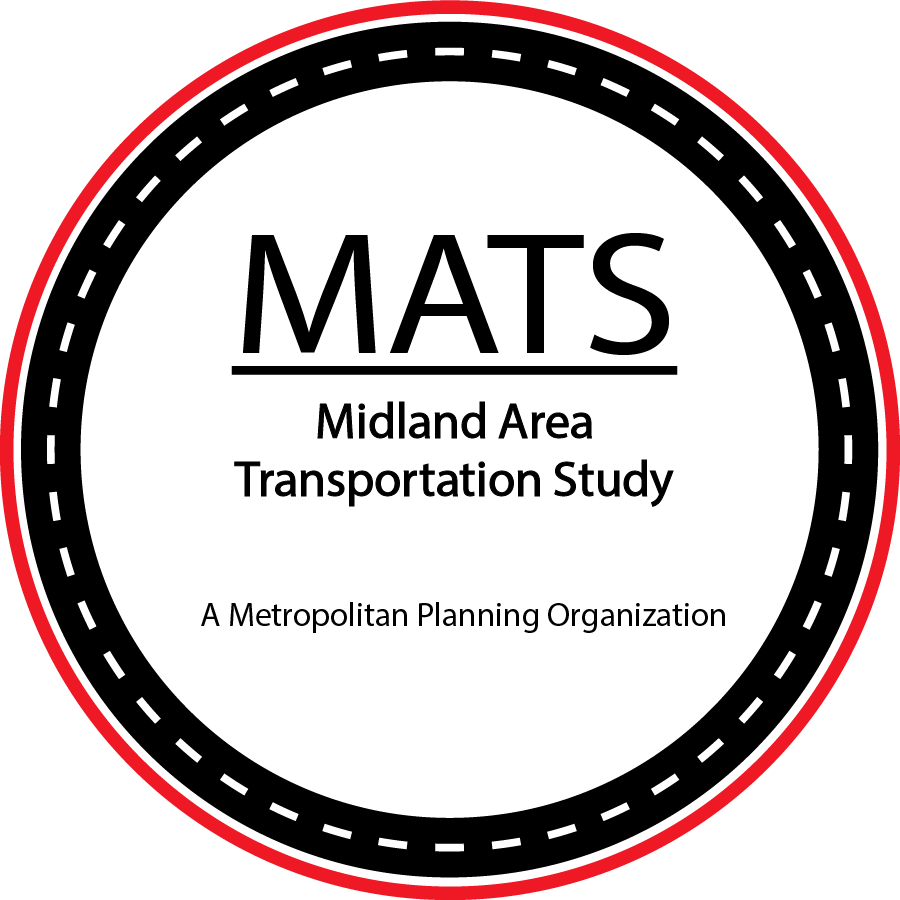Safety Performance Measures
The Safety PM Final Rule, effective April 14, 2016, establishes five performance measures, presentable as five-year rolling averages.
The Performance Measures under this rule are:
Number of Fatalities (as reported in Fatality Analysis Reporting System)
Rate of Fatalities (FARS fatalities/100 million Vehicle Miles Traveled)
Number of Serious Injuries (State data, “A” type injuries)
Rate of Serious Injuries (State data/100 million Vehicle Miles Traveled)
Number of Non-motorized Fatalities and Serious Injuries (FARS and State data)
The Safety PM Final Rule also establishes the process for State Departments of Transportation (DOTs) and Metropolitan Planning Organizations (MPOs) to establish and report their safety targets, and the process that FHWA will use to assess whether State DOTs have met or made significant progress toward meeting their safety targets. In addition, the Safety PM Final Rule establishes a common national definition for serious injuries.
-
In January 2025, MATS Policy Committee supported the state Safety Targets as shown below, thereby agreeing to plan and program projects so that they contribute to achieving the MDOT-adopted targets.
States first established targets in the August 31, 2017 Highway Safety Improvement Program (HSIP) and report annually thereafter. MPO’s can either support and report on statewide targets, or make targets for the Metropolitan Planning Area. For more information, please see 23 CFR 924.15 under “Legislation & Regulations”.
-
The data below depicts how MDOT derives statewide Safety Performance Targets by using crash data to identify trends through 5-year rolling averages and develop targets based on these patterns.
If you would like more information on how MDOT develops Safety Performance Targets: Click Here for the State Highway Safety Report Dashboard
The Number of Fatalities graph shows 5-year averages, which for 2022 was 1,062 fatalities. This average meets the performance target of 1,065.2 that was set for the year.
-
For 2022, the Number of Serious Injuries graph lists the 5-year average which stands at 5,600. This aligns with the 2022 target of 5,733.2.
-
Listed in the Non-Motorized Fatalities and Serious Injuries graph for 2022, the 5-year average was 5,806, meeting the target of 5,892.
-
MATS takes safety into account when preparing the TIP project list via the policy utilized to assist in the selection of projects. While all projects inevitably have some safety component or benefit, numerous projects such as Eastman Road at Schaffer Road, Gordonville Road, Poseyville Road, US-10, M-47, and numerous region-wide MDOT projects have all explicitly focused on safety or been funded with safety targeted resources.
Another instance is for Non-Motorized projects currently listed in the Non-Motorized Plan, as safety and compliance with the American Disabilities Act were also considered during the project evaluation process. This includes factoring in the project’s potential to eliminate conflict points between vehicles and the various forms of non-motorized travel. Such projects should minimize the potential for crashes, injuries, and fatalities as well.
In addition to this, the East Michigan Council of Governments Regional Safety Data Plan presents key emphasis areas and systematic approaches that can be utilized by local agencies as they apply for safety-specific funding for identified projects. This enables MATS to continue to focus on the priority emphasis areas identified in the safety plan, such as intersection, lane departure, and pedestrian and bicycle safety. MATS is continues to support MDOT targets through a variety of methods, planning, and programming of projects.
-
As we can see above, MDOT presents us with the most significant variables with regard to overall fatality rate. Some of these are directly related to traffic, i.e. VMT, seat belt use, DUI enforcement and so forth, but several are socio-economic in nature. This includes such things as youth unemployment, beer consumption and several income measures. In total, it illustrates the complexity of traffic fatality causality and subsequent analysis.
-
-
Below, we see that for the 2014-2021 period the non-motorized rolling average is calculated at the lower end of the data spectrum. At the time this graph was released (2019) 2020 and 2021 data forecasts had just been released.
According to the 2021 Traffic Crash Data Year End Report for the state of Michigan, traffic crashes increased 15 percent from 245,432 in 2020 to 282,640 in 2021 in Michigan. As can be seen below, this is a reversal of the previous trend, which had resulted in a significant reduction of injury rate per 100 million vehicle miles travelled.

